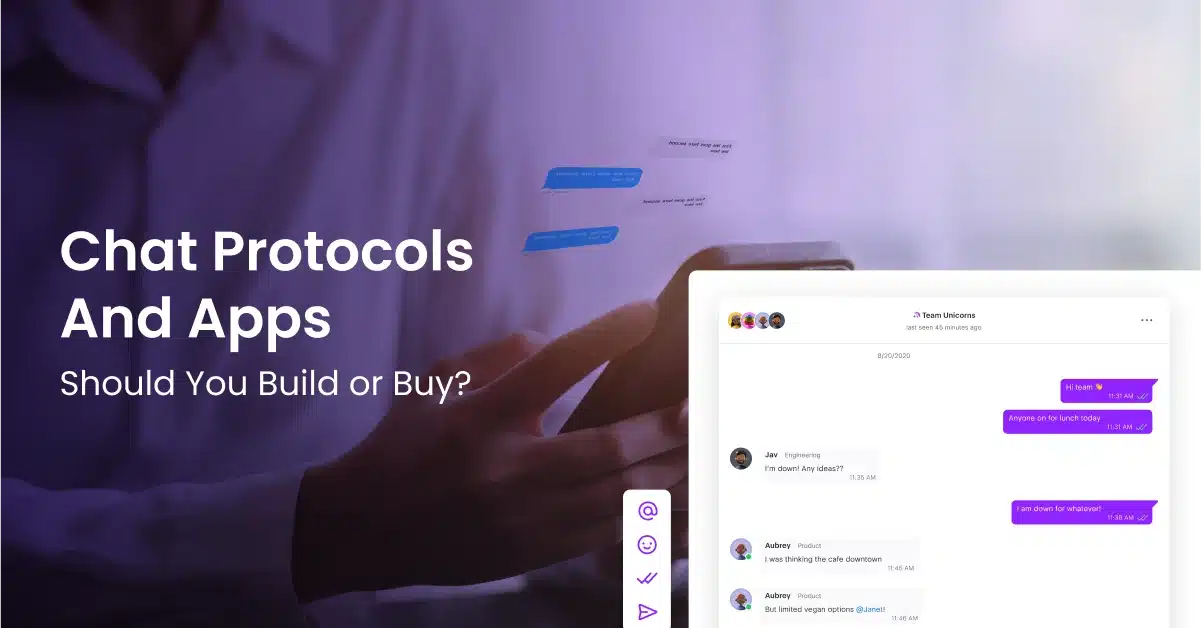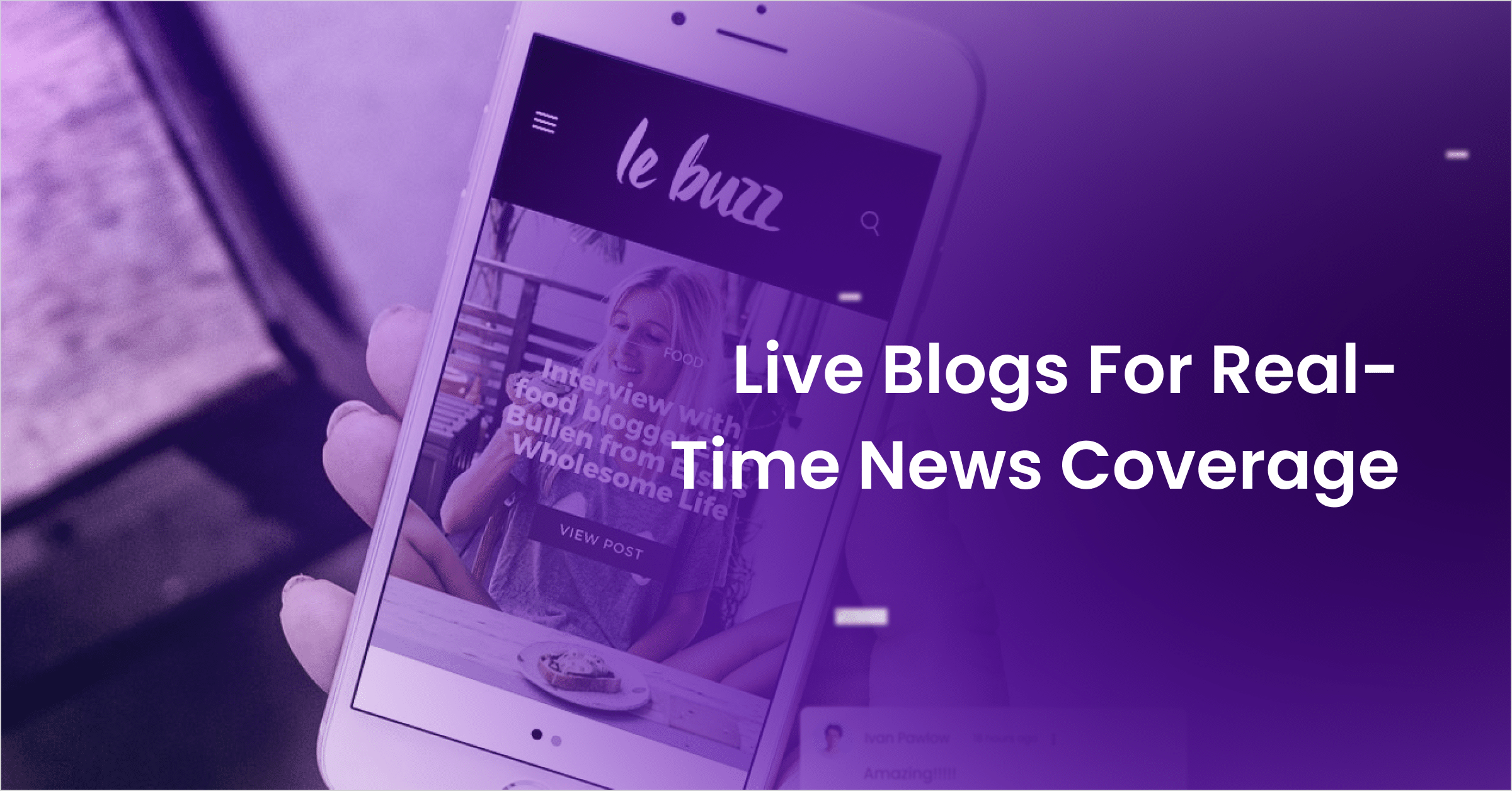The rise of generative AI presents itself as a potent catalyst for transformation for publishers and media companies. Using AI in publishing and media companies is a great way to increase productivity, reader engagement, and overall quality.
While there are certainly reasons for uncertainty and doubt, the emerging consensus seems to be that it is not publishers vs. AI but rather publishers with generative AI versus publishers without generative AI.
Using the right strategies and tools, generative AI in publishing and media can go a long way in solving all sorts of problems. Let’s explore how you can integrate generative AI into your publishing process.
Unlocking the Potential of Generative AI in Publishing and Media
Generative AI is transforming the media and publishing industries, emerging as a game-changing content creation and optimization tool.
By incorporating AI, professionals like journalists, writers, and editors can improve their workflows – and amp up their deliveries – in several ways:
- Idea Generation: AI helps identify trending topics and suggests fresh story ideas, providing a solid starting point for creative exploration.
- Streamlined Research: AI accelerates research by analyzing large datasets to uncover relevant insights, saving time and effort.
- Content Creation: Generative AI drafts articles, simplifies complex topics, and tailors text formats to specific audiences with ease.
- Enhanced Editing: AI aids editors by spotting errors, ensuring consistency, and optimizing content for SEO. Think of it as a proofreading assistant that helps increase
A notable example is the Associated Press (AP), which employs AI to automate short-form news reports like sports updates and earnings summaries. Human editors refine these AI-generated drafts, allowing AP to produce more content efficiently while maintaining its high-quality standards.
Generative AI is not just a tool but a creative ally, enabling media professionals to craft impactful content with greater efficiency and fewer resources.
5 Ways to Use Generative AI in Publishing and Media in 2025
Let’s explore the specific usages of generative AI in publishing and media companies and how writers, journalists, and editors can leverage AI tools to deliver top-notch content.
Fill Your Staff Coverage Gaps
With several publishers cutting costs to make ends meet, many newsrooms face talent shortages that may affect the quality and scope of their coverage. Many turn to freelancers or correspondents to help bridge the gap, but these solutions often need to be revised during unpredictable breaking news, like the 2024 global Microsoft outage or sudden political events.
This is where generative AI in publishing and media becomes invaluable. By assisting journalists in covering multiple stories, generative AI boosts productivity. It can draft articles on unexplored topics, add context to breaking news, or create supporting paragraphs, saving editors valuable time and resources.
Generative AI also enables expanded coverage of major events. For instance, publishers leveraged Arena Live during the Olympics to produce data-driven content like athlete profiles, medal counts, and event highlights. Editors can then focus on enhancing the most popular stories with original reporting and unique insights.
When breaking news strikes, generative AI helps deliver high-quality coverage faster. It’s a powerful tool for contextualizing events and keeping audiences informed without overburdening your staff.
Personalize Content Delivery
Meeting the needs of your audience is vital in today’s environment. People are used to online algorithms tailoring content and recommendations to suit their interests
Even if you choose not to use AI in your writing and editing processes, your readers will find it interesting to count on intelligent tools while navigating your website.
Readers have less and less time to spend hours navigating a news website and looking at different pieces of content. By incorporating AI features such as a Feed Search, you allow users to find exactly what they are looking for in seconds, avoiding the frustration of scrolling a website for several minutes to look for a specific piece of content.
An AI Summary can also be extremely useful for readers. All they have to do is provide the prompt with a few details about what they are interested in to get a rundown of what was published on the page and matches their description.
Platforms like Arena Community allow you to incorporate AI Feed Search and Summary into your website through no-code technology. Enabling the features on your dashboard will make the tools available for readers on your website.
Use AI Chatbots for Increased Reader Interaction
AI-powered chatbots are transforming how media organizations connect with audiences, offering personalized, efficient, and interactive experiences. For journalists, these tools open up opportunities to deepen engagement by tailoring content to individual reader preferences and interacting with and answering queries in real time.
AI Chatbots can also deliver content such as polls, audio messages, GIFs, and more, mimicking a social media-like experience that helps engage users as events unfold.
To keep chatbots safe, looking for solutions with built-in AI Moderation capabilities is crucial. These features help your team guarantee that users aren’t able to use foul and discriminatory words or share inappropriate content.
Create Dynamic News Quizzes
Interactive content like news quizzes is gaining traction, as noted in the 2024 Reuters Digital News Report, which found that 25% of U.S. newspaper subscribers value these features as part of their experience.
Many news outlets are leveraging automation to craft quizzes from their articles to meet this demand. These tools boost reader engagement and provide an innovative way to encourage learning and interaction with the news.
By integrating dynamic quizzes into their content strategies, publishers and media companies can transform passive reading into an engaging, interactive experience. This deepens reader involvement and fosters a stronger connection between audiences and the stories they consume, ultimately driving loyalty and subscription growth.
Match or Exceed Social Media’s Live Coverage
For years, many publishers have struggled to match the speed of social media when there is a breaking news event. Historically, publishers countered with a different advantage – quality. A news outlet might sometimes beat social media to release news.
Still, a publisher may win by focusing on quality: gathering the facts, putting them in context, and verifying critical facts. A live blog can be an extremely helpful tool for professionals looking for ways to combine their own content production with AI tools to enhance breaking news coverage.
With generative AI, the trade-off between quality coverage and speed is starting to change. To be clear, AI tools still lack context, proper understanding, and the ability to develop sources. Despite those limitations, every minute counts regarding a breaking news story. If your publication can release a quality story 15 minutes faster than the competition, it’s an advantage worth pursuing.
The use case for generative AI for breaking news will depend on the user. An editor might use the app to create a detailed brief and suggested list of questions, edit the output, and hand it off to a reporter. In comparison, an experienced journalist can use generative AI as a virtual assistant.
Take the Next Step With Arena
The rise of generative AI in publishing and media is reshaping how content is created, delivered, and experienced. For publishers and media teams looking for ways to elevate the quality of their work, platforms like Arena offer comprehensive solutions to integrate AI seamlessly into workflows.
Whether enhancing newsroom productivity by drafting content pieces with AI, creating dynamic quizzes to engage readers, or streamlining content personalization, Arena provides the tools to help teams innovate and thrive.
By embracing AI as an ally rather than a competitor, publishing and media organizations can meet their audiences’ evolving demands while staying ahead in an increasingly competitive landscape.



